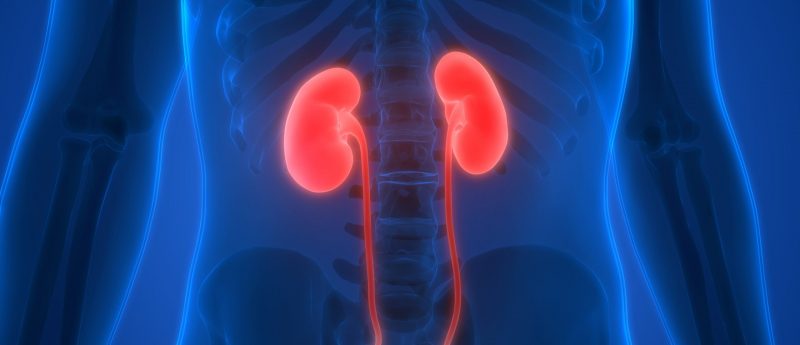Gene therapy—gene editing combination effective against urea cycle disorder

A combination of gene therapy and gene editing has been developed for urea cycle disorders, which can successfully treat animal models of this rare metabolic disease.
A combination of gene therapy and gene editing has recently been investigated by scientists from the University of Pennsylvania (PA, USA) and the Children’s National Hospital (DC, USA) for the treatment of urea cycle disorders. Their study, published in Science Advances, reports significant success in enhancing the survival of animal models of this disease.
Urea cycle disorders typically have a poor prognosis and can often lead to death if left untreated. The condition can cause vomiting, lethargy and death by allowing the build-up of ammonia within an affected individual. The new combination-therapy saw a reduction of ammonia by 60% in animal models.
Normally, proteins and amino acids are broken down into amines. These amines are briefly converted into ammonia, a toxic molecule, which is subsequently converted into harmless urea by urea cycle enzymes. However, individuals who are deficient in urea cycle enzymes face a build up of ammonia in their blood, leading to severe symptoms if untreated. While affecting 1 in 30,000 people, this condition is particularly fatal amongst infants, where the disease is usually left undiagnosed.
In the study, a targeted break was made in the DNA using a viral vector. At the same time, a second vector carried a correct version of the OTC gene and inserted this into the sequence.
In the animal models of OTCD, the new gene was successfully integrated and continued to work even as the liver grew in new-borns. The team saw a significant increase in the ornithine transcarbamylase enzyme.
Mark Batshaw, the vice president, physician-in-chief and chief academic officer at the Children’s National Hospital, and James Wilson, University of Pennsylvania, have previously investigated various gene therapy/editing approaches to treat ornithine transcarbamylase deficiency (OTCD) — the most common form of urea cycle disorders.
The team had previously infected models of this condition with a virus possessing a functional ornithine transcarbamylase (OTC) gene — leading to an increased production of the missing OTC enzyme. This approach was successful in older models; however, it had little effect in new-borns due to their rapid liver growth.
“Theoretically, this could be a curative approach for OTCD,” Batshaw commented. “And if it worked for that, we could create similar templates to treat other related disorders.”
In addition to gene therapy, Wilson’s and Batshaw’s labs have investigated gene editing to correct the mutation within the animals’ genome, utilizing a targeted vector that was selective for the OTC mutation; however, as there are 400 mutations that could potentially cause OTCD, this method was far from universally successful.
Now, in the current study, the team have combined elements of gene therapy with CRISPR/Cas9-mediated gene editing in an attempt to help all patients – regardless of their mutation type.
All treated animals managed to survive past 7 days — compared with a 25% survival rate amongst untreated animals.